At the start of last year, Sweden were in a crisis. In the space of two years, they had failed to reach the World Cup, missed out of qualification again for the 2024 European Championships and were even relegated into the third tier of the Nations League.
It was not the first time they had been in this kind of situation. They missed out on both Euro '96 and the 1998 World Cup, for example. They also failed to qualify for four straight major tournaments in the both the 1960s and 1980s.
But at least in and around those bleak periods, there were bronze and silver medals at the World Cup to show some signs of success in the system. Since the turn of the century, Sweden fans have seen their team win just one knockout round match at a major tournament.
- 2026 World Cup: dates, venues - everything you need to know
- World Cup qualifying fixtures and results
So not even qualifying for the biggest stage this time around was not a simple blip - but a fall from the top table. A reset was required.
Former Blackburn manager Jon Dahl Tomasson was picked as the head coach not just to turn around results - but also to change the identity of how the national team played. "It's a great challenge - and I love that," he tells Sky Sports.

"I like to build something. It's like Lego. And I'm Danish - so I know about putting every piece of the puzzle into the right place!"
Tomasson is not averse to the turnaround project. He was assistant manager to Age Hareide at Denmark and helped transform the nation from one described as "tired" into undefeated for three and a half years. As head coach of Malmo, he took a team on a trophy drought to immediate back-to-back titles.
Even at Blackburn, he took a sleeping giant to their best Championship league position for a decade. But never before had he had a project like this with so many eyes on him.
The first aim for the Dane was to change the playing style of the team, which was accused of being stuck in the dark ages.
Sweden's national teams of the past - successful or unsuccessful - were united by one thing: the 4-4-2 formation. In an attempt to break the downward spiral of results, Tomasson had to break that mould, introducing a 3-4-1-2 set-up to shake the Swedish system.
"Some people in Sweden - definitely the media - spoke about it being a bit of a revolution," says the Dane.
"We shouldn't, of course, forget that Sweden had a great history - winning silver and bronze medals at the World Cup. But still, the DNA in Swedish football has been 4-4-2 for years. So we have made a total change to make it more of a fluent, dynamic style."
The results have been extremely positive. In the latest Nations League campaign, Sweden emerged as the standout attacking team in Europe. They ranked top for goals, shots, chances created and passes into the final third.
Tomasson's Sweden also averaged 66.5 touches in the opposition box during the campaign. For context, the only other Nations League country who averaged above 40 was England - and Thomas Tuchel's side only just made it. "We're playing a very dominant and modern attacking way of playing," he says.

Cynics would say Sweden's lowly competition in Nations League C has something to do with it, but it is a huge departure from the style of play that existed before. And style is an important part of Tomasson's Swedish revolution.
"First and foremost, football is about getting results. But it's also the way you do it," he says. "How do you play? How do you create the environment? It needs to be fun to watch.
"If you look at the crowd, you definitely need to get them behind you as a team. At the end of the day, you play football for people.
"Football is a great product. But we need to take care of it and make that connection. And I think we've done that."
How to watch 55 players at once

Announcing a revolution is easy, as is changing a team's formation. Anyone can do that. But how do you take a system accused of being stale and transform it in your own image to bring results?
First, get the players on board. And creating an "attacking scenery" for players to work with was a key step for Tomasson.
"The first camp - the players were extremely open and they really wanted to make this change of playing style," he says.
"A lot of the players have been abroad for years and have been used to something else. So this attacking, fluent way is quite suitable for the players - they love to play attacking football.
"And if you look at our journey so far, they have been great. They want to run through a wall for Sweden. You need that attitude and that pride.
"When you play for a national team, you play for your family, you play for your friends and you play for the whole country. So if you're not able to enjoy it, then something will definitely be wrong."
The next battle is scouting. As with every national team manager, international breaks are few and far between - with only a handful of days per camp to implement tactics, let alone a cultural reset.
Tomasson has set up an scouting system between him and the five other core members of his coaching staff. They watch 55 of their shortlisted players intensely. Within the first 15 months of his tenure, the Dane and his staff watched over 1800 matches.
"It's crucial for the development of the team," he says. "You don't have the training to do it. So we are watching a hell of a lot of football. But that's the way you create an identity."
How to get Gyokeres and Isak playing together

A key part of Sweden's 'attacking scenery' is the talent Tomasson has at his disposal up front.
Sweden has been blessed with some top centre-forwards - with the baton passed on down the years. If Henrik Larsson gave it to Zlatan Ibrahimovic - then the beauty of this era is that now there are two Swedish striking talismen, not one. Enter Alexander Isak and Viktor Gyokeres.
Not since Tomas Brolin and Martin Dahlin have there been such a high-profile double act for the nation. But it comes with a lot of attention.
"When I started, there was a lot of noise about those two - 'Alexander Isak and Viktor Gyokeres cannot play together'," says Tomasson.
"Of course they can! Great players can always play together. It's my task as the coach to get the right scenery where they can perform and express themselves. And they've been great so far.
"Great characters, great personalities, lovely boys to work with. And they like to score goals. They're living for goals."

So how has Tomasson managed to ignore the noise and get them working together? While Isak and Gyokeres share a lot of stylistic similarities, it is one area in which they are different that the national team coach has worked on.
"They are two of the best players in the world at making those runs in behind," Tomasson says. "There's of course a bit of a similarity, but also a bit different.
"Viktor Gyokeres' channel runs is on an extremely high level. Alexander Isak's runs just in behind is on an extremely high level.
"So one is more straight running in behind and the other one is more the general runs at the side from in to out.
"I'm a big believer if we can create a game where we decide how the game are looking, then we probably get eight opportunities during a game for those players. And with the qualities that they have, they will be scoring goals and we will be happy and pleased in the end."
As a top-class centre-forward during his own prime, Tomasson knows all about the ego of the No 9 - and how while Gyokeres and Isak are team-mates, there is goalscoring pride at stake.
Please use Chrome browser for a more accessible video player
"A striker definitely wants to score more than the other one! That's life isn't it? They're living for that!" he says.
But as part of his Sweden revolution, Tomasson has created an environment where the forwards work together in harmony, rather in competition.
An example was seen during last September's camp, when Isak scored twice against Azerbaijan from two Gyokeres assists. But when Sweden got a penalty for 3-0, Isak handed responsibilities to Gyokeres instead of completing his hat-trick in a bid to boost his morale.
It seemed to do the trick, as in the next game against Estonia three days later, Gyokeres was the one scoring twice - and not at Isak's expense, as he got on the scoresheet too. "We try to create an environment where you want to do some extra things for your mate," says Tomasson.

But it is not just all about Gyokeres and Isak. There is also Newcastle winger Anthony Elanga. Spurs have Dejan Kulusevski and Lucas Bergvall working under another Dane at Spurs in Thomas Frank.
There is a lot of promise in Brighton's Yasin Ayari, while the likes of Hugo Larsson, Sebastian Nanasi and Samuel Dahl are all playing regularly in Europe's top leagues - all of them aged 23 and under.
So are we entering a new golden era of Swedish success? "Hopefully," says Tomasson. "We're not there yet because while we have a good mix with more mature players, it's still an extremely inexperienced side.
"Age doesn't matter. Of course, if you're good enough, you're old enough to play. But I think in a couple of years it could be really, really interesting.
"If you look at caps and the number of tournaments, I think only a couple of players in my squad have been to a tournament. And the rest of the players have fewer than 100 caps.
"So that's not a lot, but there's definitely a lot of excitement. And then a lot of those young players are playing without a fear attitude, which I love, and they're getting help from the more experienced players.
"So it could be a great golden generation - just in a bit."

 3 hours ago
1
3 hours ago
1
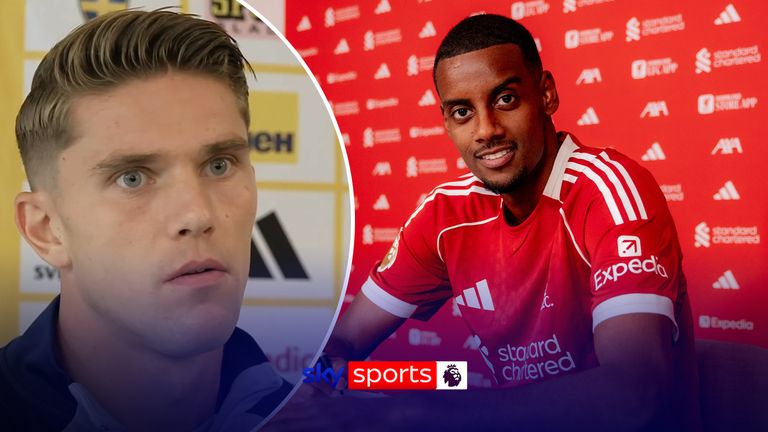


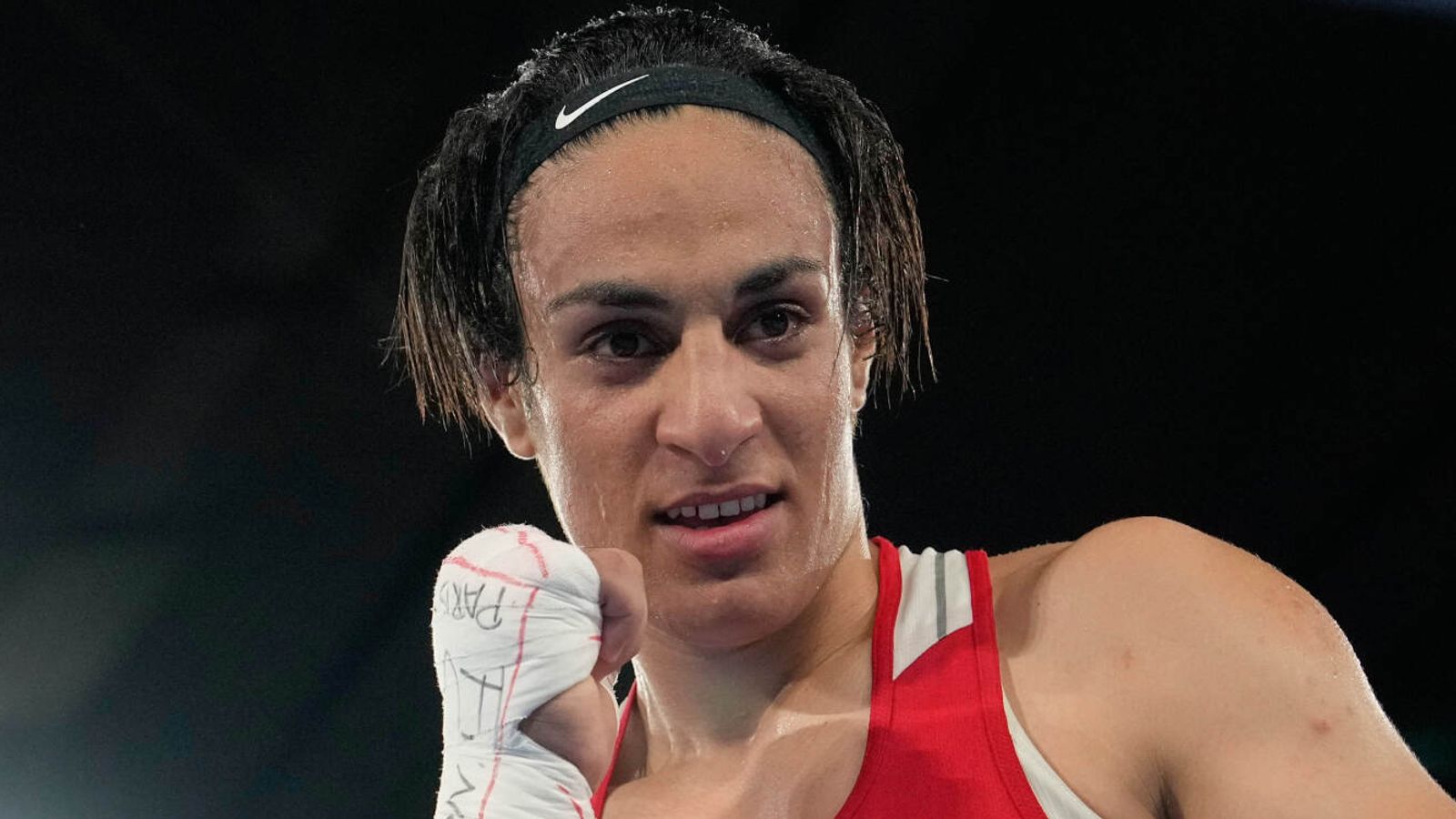


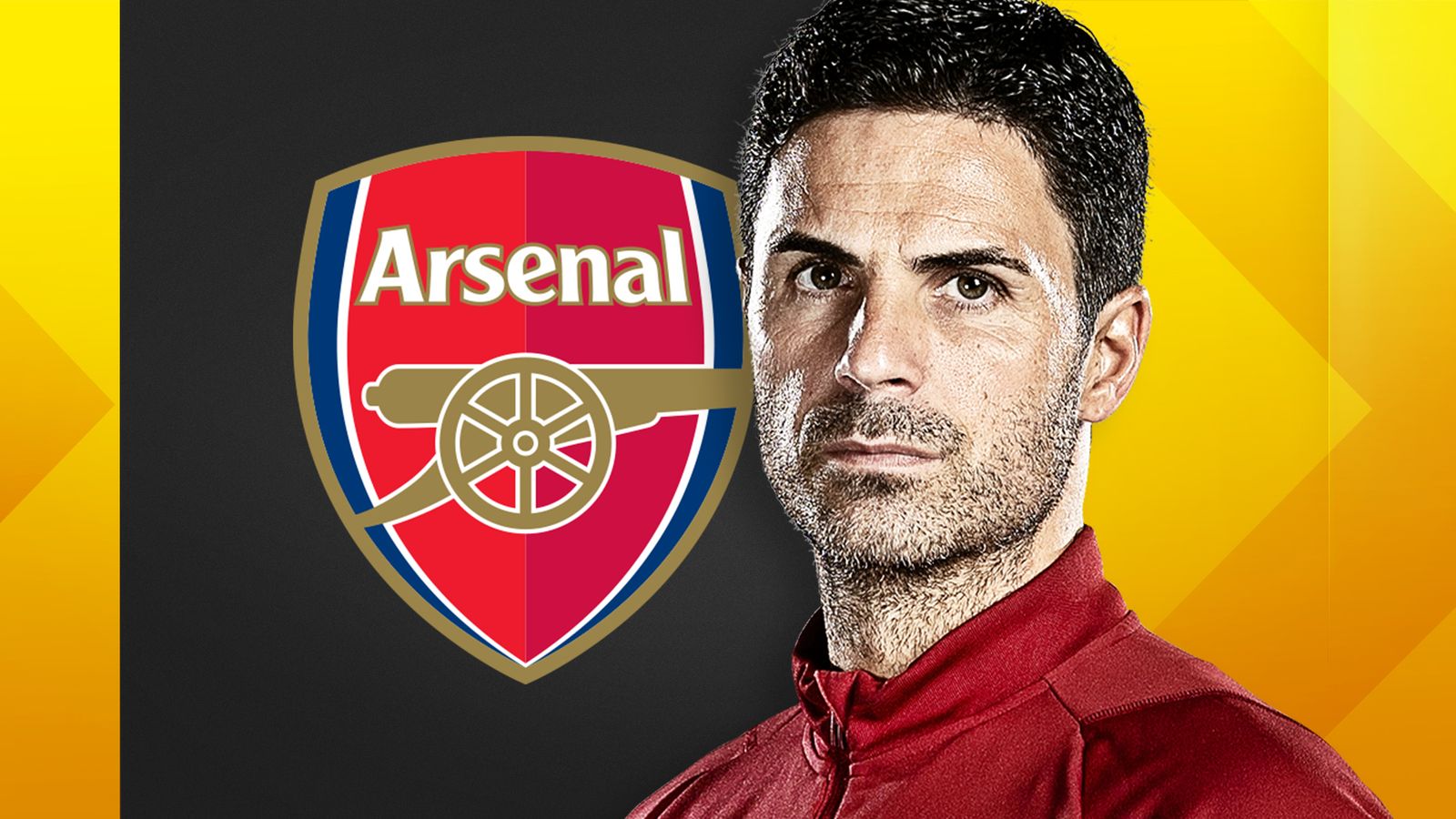








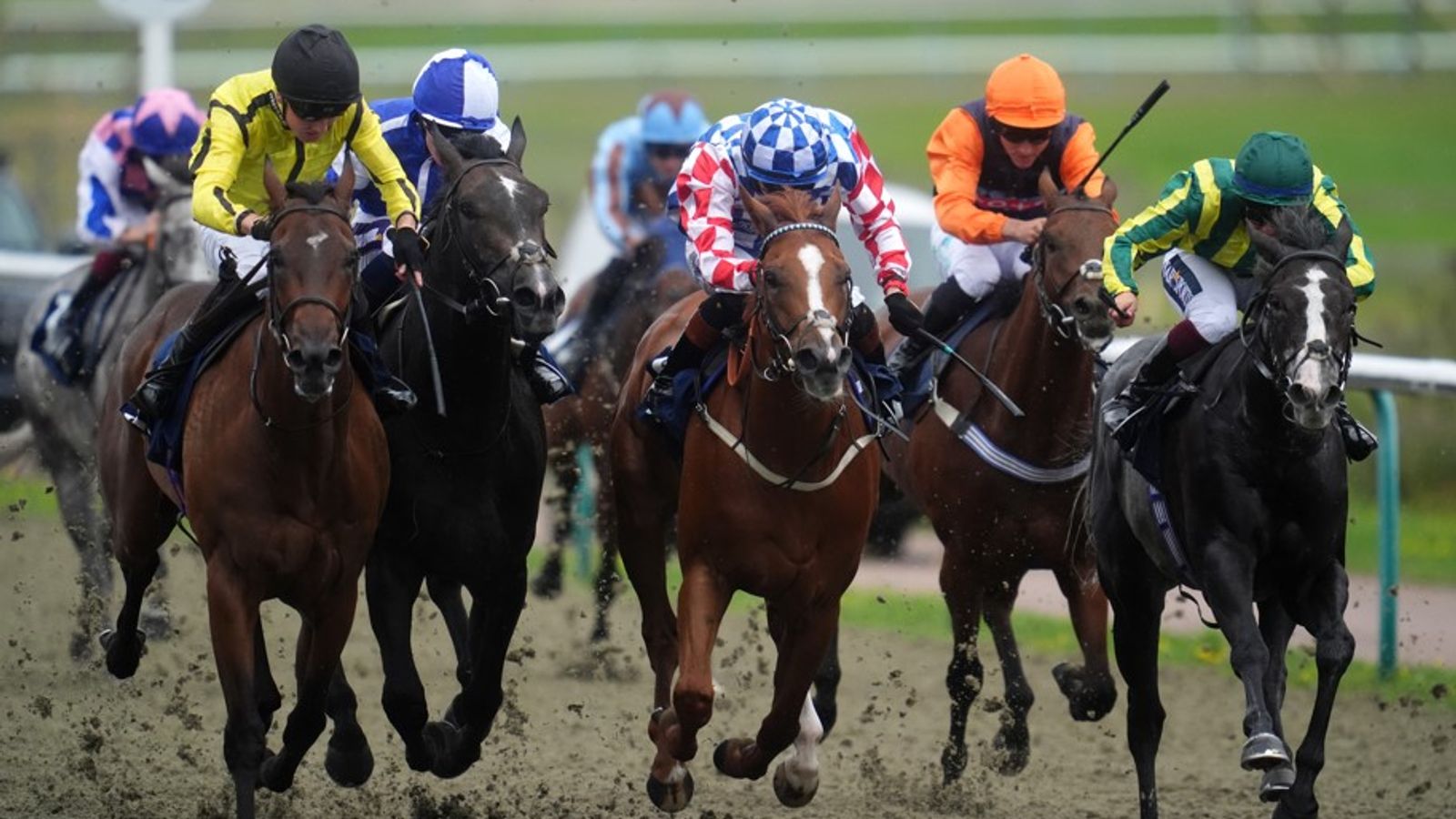




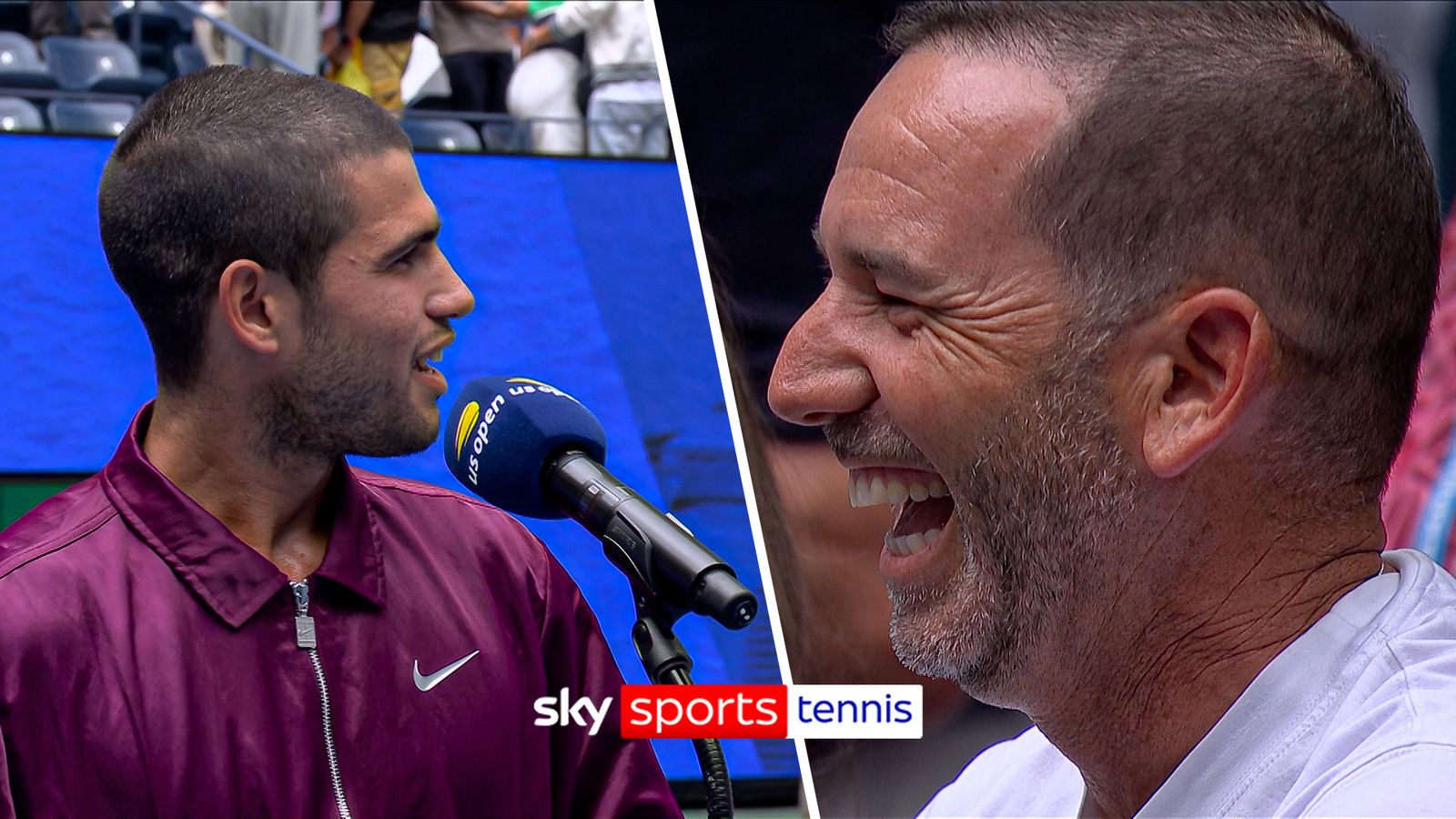


 English (US) ·
English (US) ·